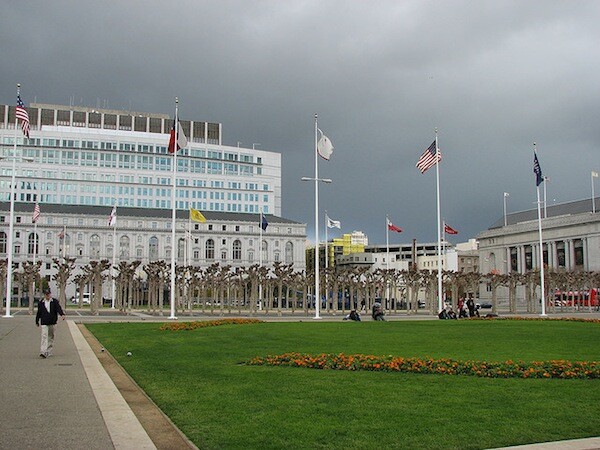2012: The Year We Bid Adieu to Redevelopment Agencies

Hopefully it will be a happy new year for many Californians. It will, however, be a trying time for members of redevelopment agencies and their supporters. Last week the Supreme Court effectively put the nail in the coffin of these post-war era agencies.
As a result of a 1945 legislatively-initiated law, California has approximately 400 local redevelopment agencies. These agencies are funded by revenue from property taxes and are in charge of about $5 billion per year in tax revenue.
Supporters of redevelopment agencies contend that they do the important job of eliminating urban blight and supporting local development. Opponents aver that redevelopment agencies are essentially slush funds for developers and say precious few projects have created any significant public benefit.
In a December 29th ruling the California Supreme Court upheld a state law providing for the abolishment of redevelopment agencies and struck down a law which would have permitted redevelopment agencies to continue operating if those agencies agreed to make large monetary transfers to the state coffers. As to the first part of its ruling, the court essentially found that if lawmakers had the ability to create redevelopment agencies, they also have the ability to eliminate them. As to the second ruling, a majority of the court found that the law violated Proposition 22. Voters passed Proposition 22 in 2010. That initiative limits the ability of the state to obtain (or some would say raid) local funds. This is yet another example of how dramatically state initiatives can affect the state budgetary issues.
An interesting side note, the California Supreme Court's ruling on the second law was not unanimous, Chief Justice Tani Cantil-Sakauye dissenting from that decision. This is her first dissent since joining the state's highest court last year.
The ruling is a win for Government Jerry Brown. Brown supported the closing redevelopment agencies as a way to get more money to the state. The state will now have more than $1 billion annually in property tax revenue to use on future budgets (mainly for public schools and public safety). Many members of county governments are also applauding the decision, saying it will put more money into public schools. In the past the state, which has a huge deficit, backfilled money school districts lost to redevelopment agencies.
The ruling, which upholds the elimination of agencies and strikes down a law allowing them to continue operating if they shared money with the state, is also the worst case scenario for cities and redevelopment agencies. What will happen next? Redevelopment agency advocates will ask the legislature to recreate those agencies in a somewhat different form.
Jessica Levinson writes about the intersection of law and government every Monday. She is a Visiting Professor at Loyola Law School. Find more of her posts here.
Photo by Flickr user Mel1st used under a Creative Commons License


